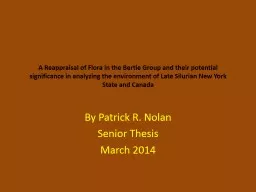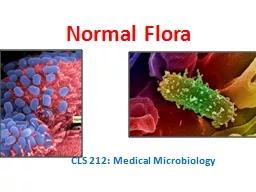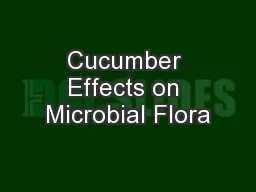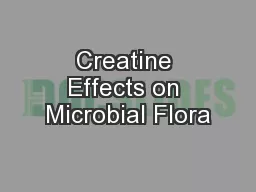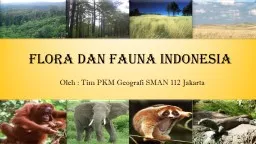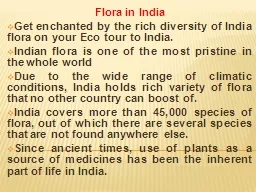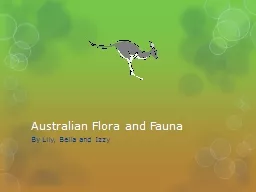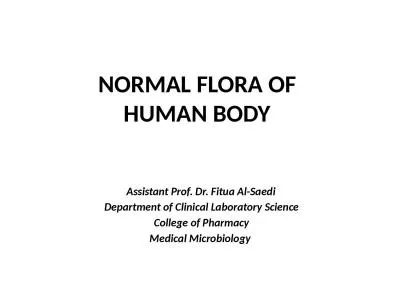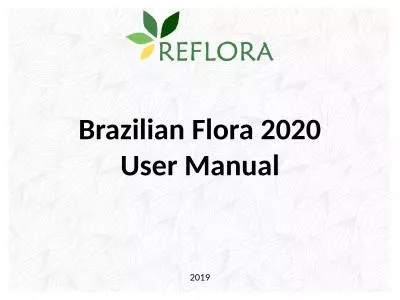PPT-A Reappraisal of Flora in the Bertie Group and their potential significance in analyzing
Author : conchita-marotz | Published Date : 2018-10-21
By Patrick R Nolan Senior Thesis March 2014 Introduction The Bertie Group is wellknown globally for its excellentlypreserved eurypterid specimens As a result most
Presentation Embed Code
Download Presentation
Download Presentation The PPT/PDF document "A Reappraisal of Flora in the Bertie Gro..." is the property of its rightful owner. Permission is granted to download and print the materials on this website for personal, non-commercial use only, and to display it on your personal computer provided you do not modify the materials and that you retain all copyright notices contained in the materials. By downloading content from our website, you accept the terms of this agreement.
A Reappraisal of Flora in the Bertie Group and their potential significance in analyzing: Transcript
Download Rules Of Document
"A Reappraisal of Flora in the Bertie Group and their potential significance in analyzing"The content belongs to its owner. You may download and print it for personal use, without modification, and keep all copyright notices. By downloading, you agree to these terms.
Related Documents

